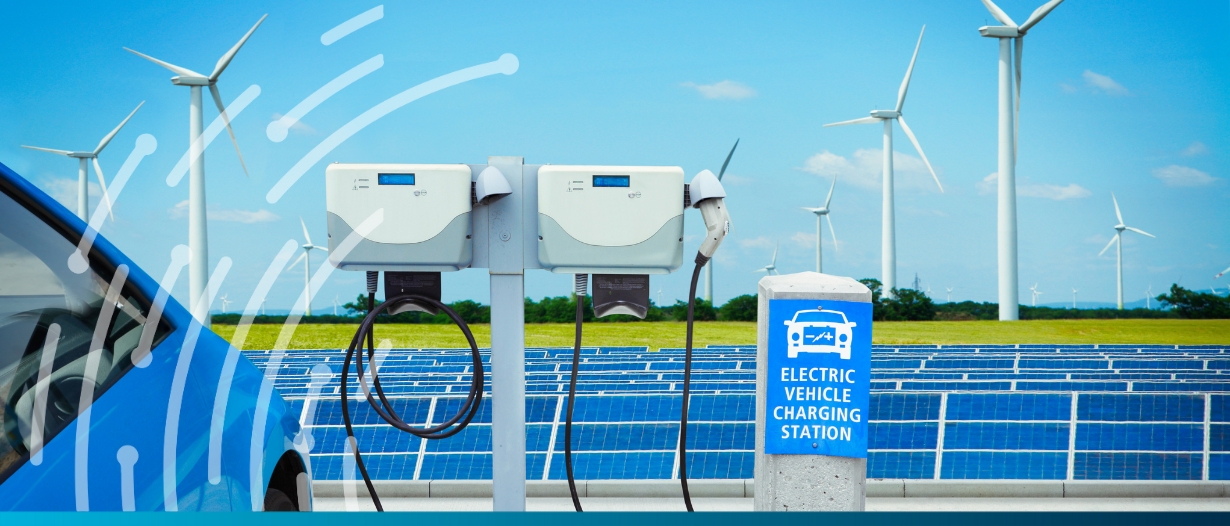Estimated reading time: 3 minutes
According to the World Energy Outlook report by the International Energy Agency (IEA), the global demand for fossil fuels such as coal, oil, and natural gas is expected to reach its peak before the year 2030.
This trend highlights the rapid global transition towards energy sources that do not emit greenhouse gases.
Fatih Birol, the IEA’s executive director said, “The transition to clean energy is happening worldwide and it’s unstoppable. It’s not a question of ‘if’, it’s just a matter of ‘how soon’ – and the sooner the better for all of us.”
The IEA represents nations accounting for over 80% of the world’s energy consumption.
The IEA’s yearly report forecasts a tenfold increase in the number of electric vehicles globally by 2030, with half of all cars sold in the United States being electric.
It also predicts that solar panels worldwide will produce more electricity by the end of the decade than the current output of the US power grid.
The report further anticipates that renewable energy will meet 50% of the global electricity demand, a significant rise from the current 30%.
However, the report emphasises that the speed of this energy transition must increase substantially to limit global warming to 1.5°C and avert severe climate change scenarios.
The IEA proposes a strategy to achieve this target, which involves tripling the use of renewable energy, doubling energy efficiency initiatives, and cutting methane emissions from fossil fuel activities by 75% by 2030.
Methane is over 25 times more potent as a greenhouse gas than carbon dioxide, as stated by the Environmental Protection Agency.
Climate activists and anti-fossil fuel organisations argue that the IEA’s approach to methane reduction should be more ambitious.
“The only way out of climate disaster is for oil and gas to peak immediately and decline rapidly,” says Kelly Trout, research director at Oil Change International.
“This year’s World Energy Outlook underscores that we can’t solve the climate crisis by adding renewable energy on top of new fossil fuels.”
Despite this, the IEA anticipates an “unprecedented surge” in new natural gas export initiatives, including those in the US, as part of its projections. This is expected to alleviate concerns about gas prices and supply, which have been exacerbated by Russia’s decision to reduce gas exports to Europe following its invasion of Ukraine.
The report also notes that geopolitical factors, such as the conflict between Israel and Hamas in Gaza, are adding uncertainty to the IEA’s projections. Although these regions produce little oil and gas, tensions in the Middle East generally increase global oil market volatility. This comes in addition to rising inflation and interest rates, which elevate costs for energy developers.
“Every country needs to find its own pathway, but international cooperation is crucial for accelerating clean energy transitions,” Birol says. “In particular, the speed at which emissions decline will hinge in large part on our ability to finance sustainable solutions to meet rising energy demand from the world’s fast growing economies.”
























